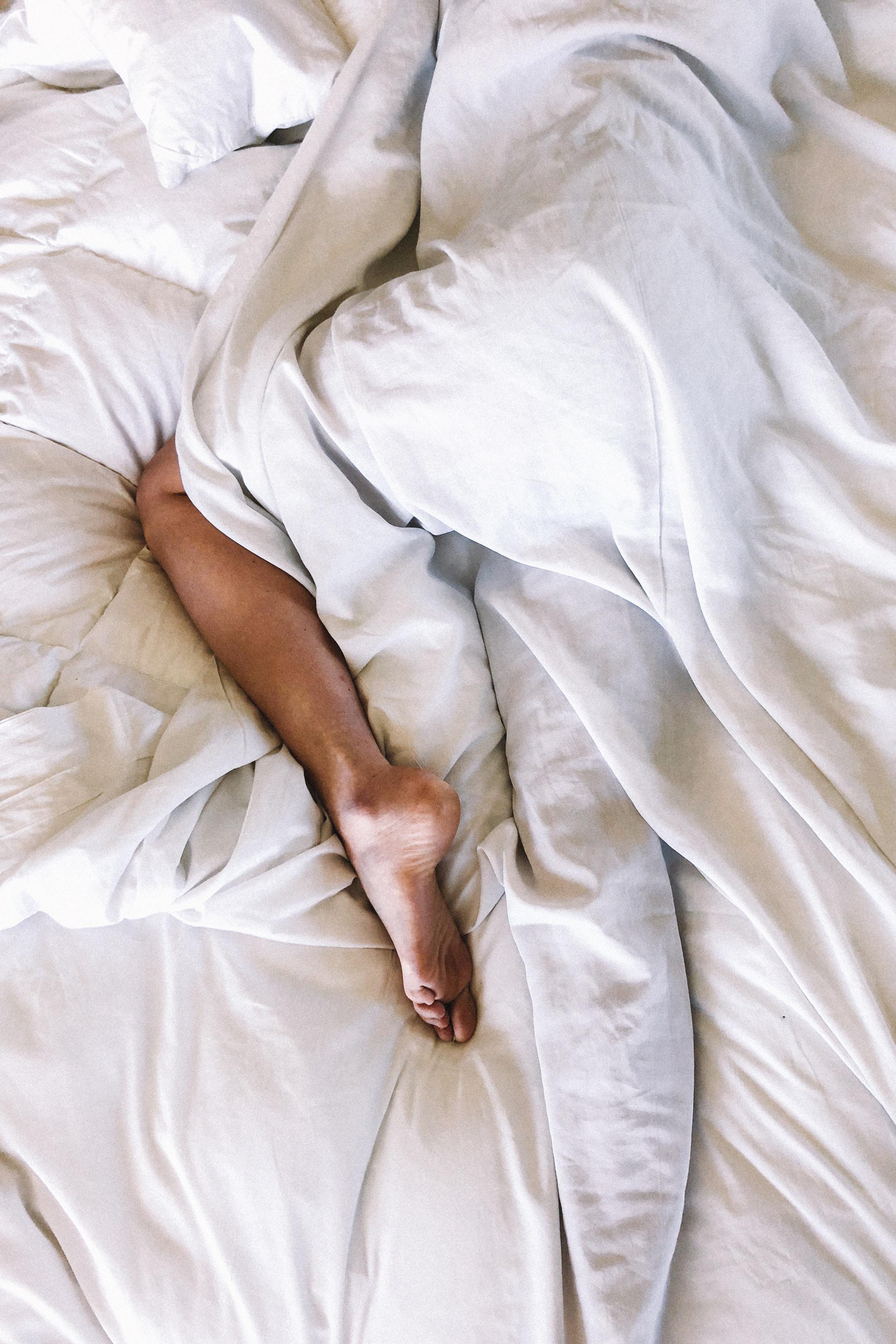
Are you experiencing leg pain at night? If so, you're not alone. Many people experience leg pain at night, which can affect their sleep quality and overall well-being. In this article, we'll explore the different types of leg pain that people may experience at night, the causes behind them, and potential treatment options.
Types of pain in legs at night.
Cramps.
Leg cramps are a common type of leg pain that people experience at night. They usually occur in the calf muscles and can last for a few seconds to several minutes. Cramps can be very painful and can disrupt sleep.
Restless Leg Syndrome (RLS).
RLS is a neurological disorder that causes an irresistible urge to move the legs. People with RLS often experience uncomfortable sensations in their legs, such as tingling, itching, or crawling. These sensations can worsen at night, making it difficult to fall asleep.
Peripheral Artery Disease (PAD).
PAD is a condition that occurs when the arteries in the legs become narrowed or blocked, reducing blood flow to the legs. People with PAD may experience leg pain and cramping at night, especially when lying down.
Deep Vein Thrombosis (DVT).
DVT is a blood clot that forms in a deep vein, usually in the leg. People with DVT often experience leg pain, swelling, and redness. The pain can be worse at night, especially when lying down.

Causes of pain in legs at night.
Dehydration.
Dehydration can cause leg cramps at night. When the body is dehydrated, it can't regulate the balance of electrolytes, which can cause muscle cramps.
Medications.
Some medications, such as diuretics and statins, can cause leg cramps at night.
Underlying conditions.
As mentioned earlier, a person can have certain underlying conditions that can lead to pain in their legs at night. Some of the more common ones are PAD, DVT, and RLS. However, the pain at night could be the result of other problems, such as arthritis or varicose veins.
Treatment options for pain in legs at night.
Hydration.
Staying hydrated can help prevent leg cramps at night. Drinking plenty of water and electrolyte-rich fluids can help maintain a healthy balance of electrolytes in the body.
Stretching.
Stretching the affected muscle can help relieve leg cramps. Gently stretching the muscle can help relax it and reduce the severity of the cramp.
Massage.
Massaging the affected muscle can help relieve leg cramps. Applying gentle pressure to the muscle can help relax it and reduce the severity of the cramp.
Medications.
Medications, such as muscle relaxants and pain relievers, can help relieve leg cramps and restless leg syndrome.
Exercise.
Exercise can help improve blood flow to the legs and reduce leg pain and cramping. Low-impact exercises, such as walking and swimming, are recommended for people with PAD and DVT.
Compression therapy.
Compression therapy involves wearing compression stockings or socks to improve blood flow to the legs and reduce leg pain and swelling.
Surgery.
In severe cases of leg pain at night, surgery may be necessary to improve blood flow to the legs and eliminate the source of the pain.
Are you struggling with pain in your legs at night?
Selene G. Parekh, MD, MBA can help you understand what’s causing that pain and guide you to the best solution to get rid of it. As a board-certified, fellowship-trained orthopedic foot and ankle surgeon, Doctor Parekh utilizes state-of-the-art implants and techniques designed and developed to provide better treatments and offer limb salvage. He also focuses on minimally invasive surgery using 3D printing techniques. If you’ve been putting up with uncomfortable pain in your legs, he can help you find the relief you deserve.
Learn more about his specialties online, or get in touch today to schedule a consultation.